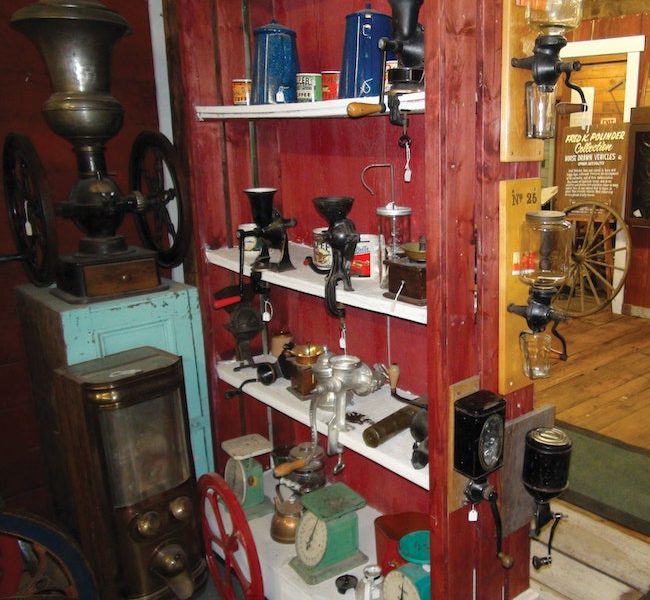 English curved glass walnut is illuminated in a display case.
English curved glass walnut is illuminated in a display case.
Dear Readers;
As you know, I have always tried to be very positive with happy stories. With so much talk of the virus, and the disruption to businesses and lives, I draw back on a great deal of my personal history and knowledge of what relatives and good friends have gone through when a family member or close friend passes away.
This is a traumatic time of life in any family. To preplan for the likelihood of that event makes it easier for everyone who remains behind. A living trust is the best example for a family to enter into. Yes, they can be expensive. And some cannot afford it. The alternative is to write out your thoughts and wishes, and have a friend with a computer draw up a personal form that names, in some detail, where your assets are to go.
We all have personal things that have been handed down from generations. You may have a person in mind for a necklace, or a ring, or a desk, or … Name that person you would like to have that item in your document, so that your executor does not have to enter into the guessing game of what you wanted.
In our personal lives, my wife and I entered into a living trust where we named everything of any sentimental and monetary value, and where we wanted it to go. My son, a collector of many things, had a living trust, and many of his collections were designated, by name, who those items were to go to. For instance, he had a collection of 22 operating hit-and-miss engines, a large collection of very early telephones, and a complete collection of Daisy butter churns, among other collectibles. These three collections went to three different individuals, specifically identified in the trust.
I, being the father, inherited seven other major collections. Realizing how many years he had spent collecting these items, I was encouraged to sell item-by-item on eBay. I had strong qualms about breaking up his collections. As they were now in my possession, and I could do with them as I wanted, I reflected on a statement he made to his mother many years ago. In walking through his house, his mother said, “Matthew, you should be putting this money into a retirement fund.” His reply was: “This is my retirement fund. But as I grow old, I can look at, and feel, my investment every day. And most importantly, I can share it with others.”
My son lived to be 47, and died of lymphoma.
So with these thoughts in mind, how can I save these seven major collections, that totaled right at $100,000 in value, as determined by an official Washington state appraiser.
I called several of my son’s friends, who were in the field of collecting, and was advised by the curator of the world-renowned Museum of Electricity in Bellingham, Wash., to contact a quality museum in Lynden, Wash.
I had also spoken to several museums in the West. My question was: Were their facilities fire-protected? Would they keep these collections, and not store or trade them? I wanted the collections as my son had left it, together.
The Lynden Pioneer Museum, a three-story museum in Lynden, Wash., agreed to this type of display. One collection is 48 motion lamps that go back to the 1920’s, and were very popular in the early days of TV. Another collection is of coffee grinders and coffee mills from around the world. This consists of laptop grinders to the big 34-inch, double-flywheel commercial grinders. Reportedly, it is a larger collection than the one at the University of Washington, which has put on the story of coffee, quite an elaborate tale.
The point here is: with planning and thinking ahead, you may be able to carry on your loved ones’ wishes in a very trying time.
One last point. I would encourage people to develop a burial plan or last journey plan. Having been through this many times with close relatives and friends, this is very beneficial to those who are left behind.








